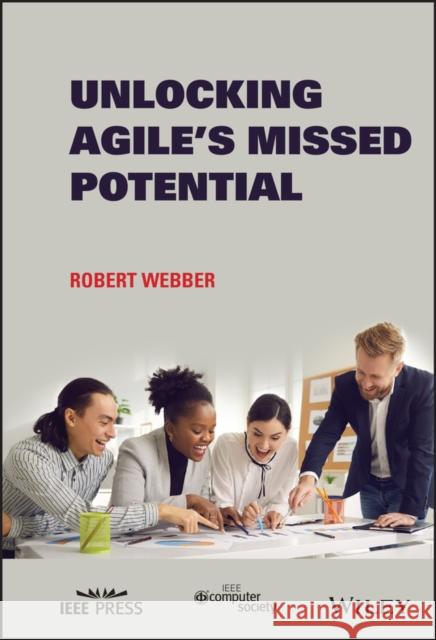Unlocking Agile's Missed Potential » książka
topmenu
Unlocking Agile's Missed Potential
ISBN-13: 9781119849087 / Angielski / Twarda / 2022 / 304 str.
Kategorie:
Kategorie BISAC:
Wydawca:
Wiley-IEEE Computer Society PR
Język:
Angielski
ISBN-13:
9781119849087
Rok wydania:
2022
Ilość stron:
304
Oprawa:
Twarda
Wolumenów:
01
Dodatkowe informacje:
Bibliografia
Glosariusz/słownik
Glosariusz/słownik











